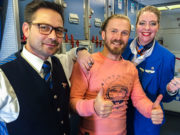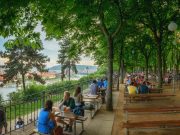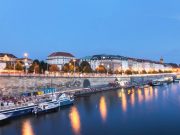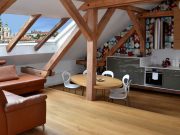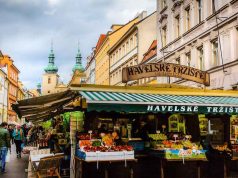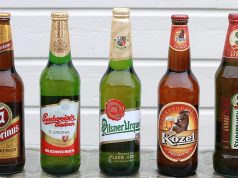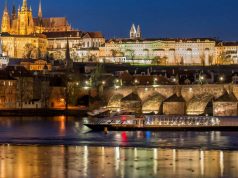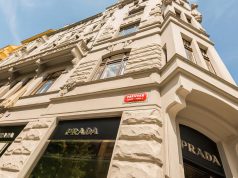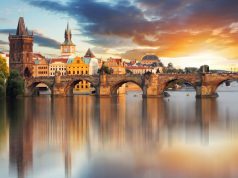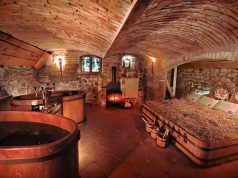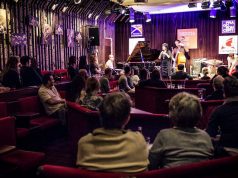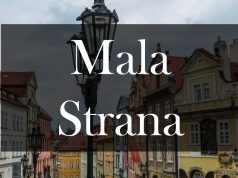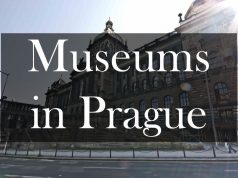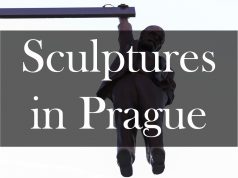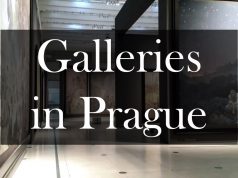Jewish Quarter in Prague or how it is also called – Josefov, is one very special area in the very centre of the Czech capital. It is unique, has long history and numerous attractions. We tried to combine all the information about Synagogues and other places of interest you might need to discover this area. Also below you will find the list of the reliable and comfortable hotels to stay in the area.
History of the Jewish Quarter in Prague
The Jewish people have been living in Prague since 970 A.D. Their life was quite comfortable till the the end of the 11th century when the Pope Urban II began to encourage people to take part in the first crusading stunt.
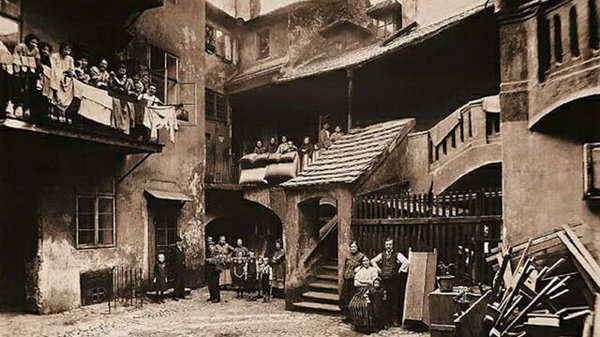
They began to rob Jewish settlements and Christianize the population by force
In order to stop violence, the government of Czechia gave a separate quarter to the Jews. Sometime later the quarter was surrounded with walls and was locked at night. During centuries, a small Jewish settlement built own infrastructure: a small town with streets, houses, synagogues. It was self-government area and people lived their life according to their rules.
Despite of the wall, the population of ghetto was very educated, but unfortunately not free. The Jews depended on the king and his wish.
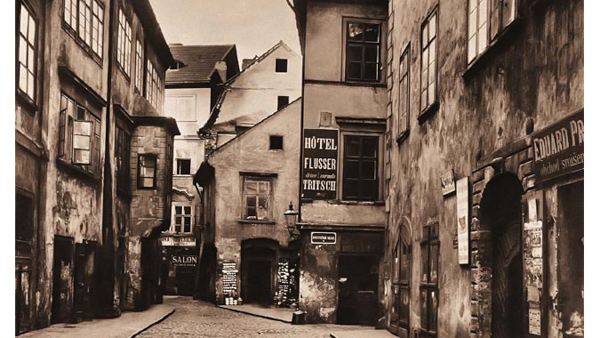
The life of European Jews improved during the Holy Roman Emperor Joseph II reign. He destroyed the wall and Jews, who had money, could build or buy houses in any place of Prague.
In 1850 the Jewish Quarter joined the capital of Czechia administratively and was named after the Emperor “Josefov”. But by this time the population of the district has changed a lot.
And in the late 19th century the Jewish town was a place of diseases and poverty. Great changes occurred between 1883 and 1913 when a number of buildings were leveled to the ground and new streets with rich houses appeared.
Moreover, today tourists can enjoy the beauty of the best preserved complex of historical Jewish monuments in the whole Europe.
What to see here
The Jewish Quarter has six synagogues, the Jewish Town Hall, the Jewish Ceremonial Hall and the Old Jewish Cemetery. Furthermore, the last place is the most remarkable of its kind in Europe.
The Old-New (Staronova) Synagogue
The Old-New Synagogue is the oldest functional synagogue in Europe. It was built in 1270 in gothic style. Its original name was “new” or “great” synagogue and it was really the biggest one in the Jewish town for a long time. In 17th century a new synagogue was established in the district.
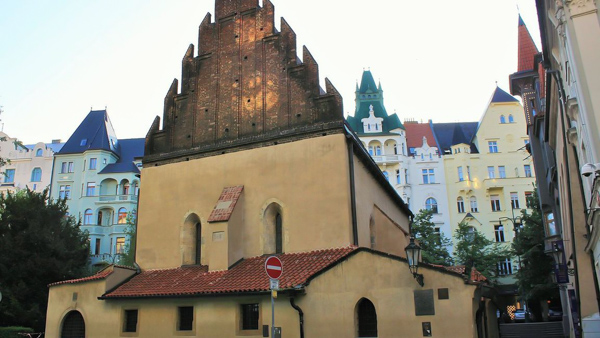
The name “new” confused local people for some time, but later it gained a prefix “old”. So a name “the Old-New Synagogue” appeared.
Legend says, however, that angels brought stones from the destroyed Temple of Jerusalem.
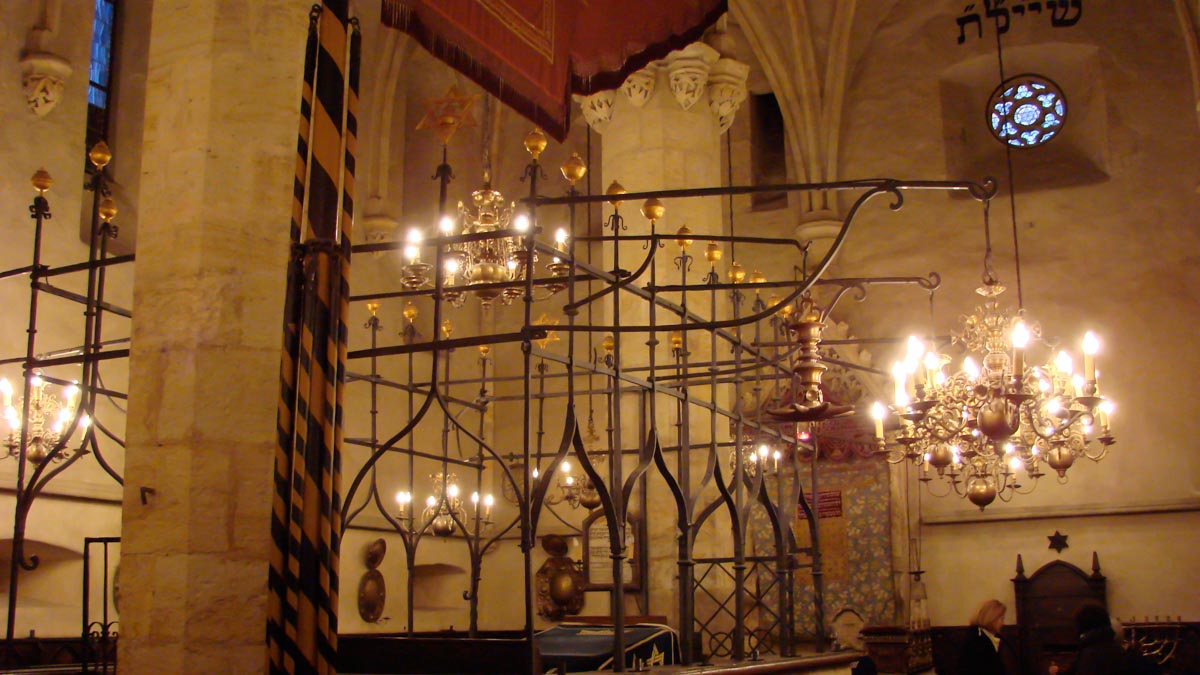
The Old-New Synagogue is popular among tourists and in Jewish communities abroad. There are numerous legends and tales connected with it. According to one legend the attic of the synagogue is home to the remains of the Golem. It is the artificial creature made of clay that was animated by the Rabbi Loew to protect the Prague community.
The High (Vysoka) Synagogue
When one hears the name “the High synagogue” a picture of a big handsome building comes to mind. But the synagogue is the same as any other building in the Jewish quarter. Just inside the entrance, on the ground floor, there was a meeting room of the members of the Jewish city hall.
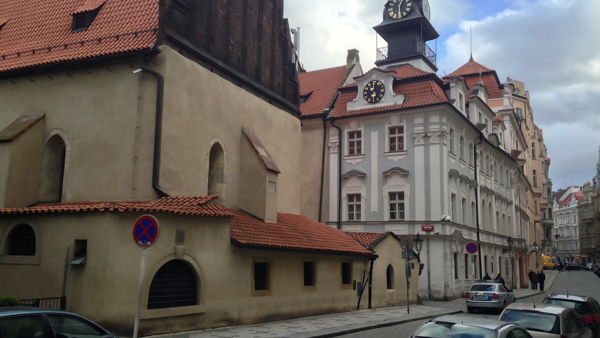
Mordechai Maisel built and financedthe synagogue in 1577. Before 2000, it was open to tourists who could see displays of textiles from all over Europe. Since 2000 it is no longer open to the public.
The only chance to visit it is within a group with a special guide who has permission from the administration of the Jewish community.
The Maisel Synagogue
In 1590 the mayor of the Prague Jewish Quarter Mordechai Maisel decided to build a synagogue. During next 100 years the Maisel synagogue was the biggest and, thanks to inner richness, the most magnificent building in the Prague ghetto.
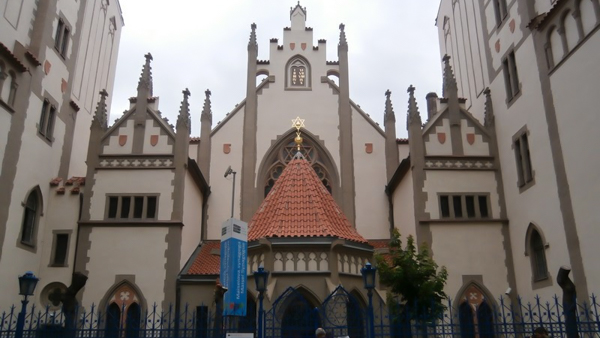
Nowadays there is a permanent exhibition of the history of the Jewish community in Prague during 10-18th centuries. It contains a collection of religious artifacts such as Hanukah candlesticks and scrolls. Touch screens enable visitors to look through old Hebrew manuscripts and to view historical maps of Jewish settlements.
In the evening hours, the exhibition area is often transformed into an auditorium and used as a place for concerts, recitals and solo theatre performances.
The Spanish synagogue
The Spanish Synagogue is the most beautiful synagogue in Prague. Firstly, in the 12th century there was an unremarkable building of “Old School”, with a church house of Prague ghetto inside. Four centuries later the building was occupied by the Spanish Jew who fled from Holy Inquisition. So the synagogue got the name “Spanish”.
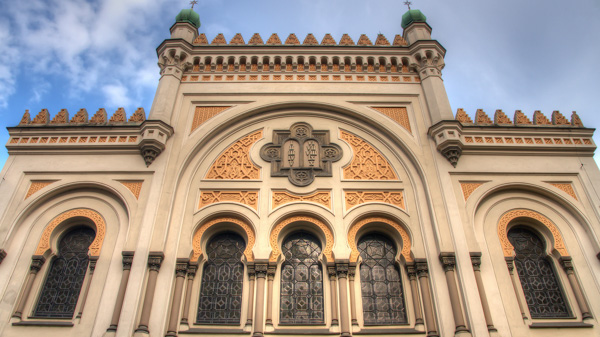
“It’s fabulous, fantastic, fascinating” – say visitors who come to the synagogue for the first time. The architecture motifs of flowers and geometric patterns in brilliant reds, blues and greens with gold trim make the synagogue unforgettable.
Today it has the exhibition showing the history of the Jews in the Bohemia since Joseph II reign up to the Second World War. On the upper floor, there is the synagogue’s silver exhibition. It displays a selection of more than 200 of the most valuable silver artifacts.
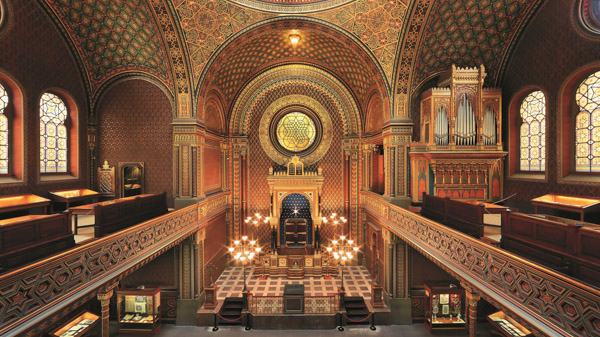
The Pinkas Synagogue
The Pinkas Synagogue is the second oldest synagogue in Prague. Since the building in the 16th century it was a private synagogue of the Horowitz family. They were wealthy and important members of the Prague Jewish Community.
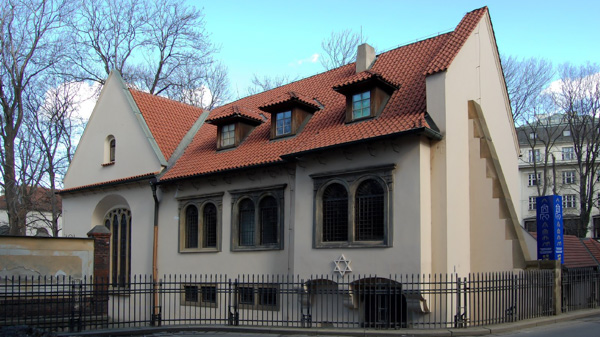
Today the Pinkas Synagogue is a Memorial to victims of the Holocaust in 1950s. After the Soviet invasion of 1968, the memorial was closed to the public for more than 20 years. In 1995 was the complete reconstruction and reopening.
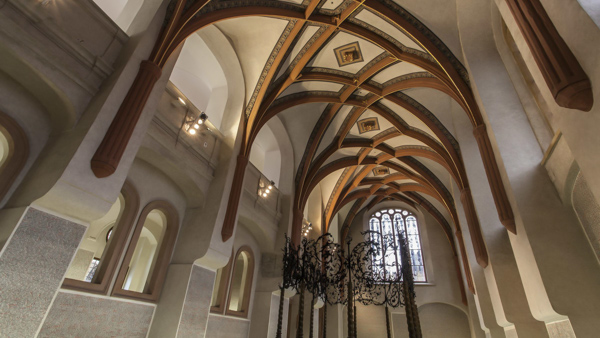
On the upper floor of the synagogue you may find the exhibition of art work by children imprisoned at Terezin, a World War II transit work camp. Most of these children were deported to Auschwitz and killed shortly after creating these pictures.
The Klausen Synagogue
The synagogue got its name “Klausen” from the German word “klaus”, which means “small building”. Maybe it could also mean three functions that the synagogue fulfilled: synagogue, hospital and bathhouse.
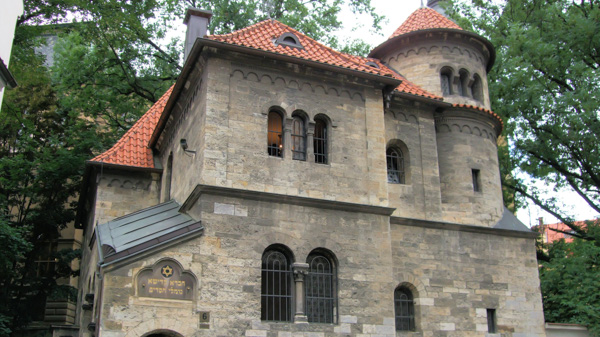
Today you can visit the exhibition that tells you about the Jewish traditions and customs. Also you can to take a look at a typical Jewish household. The display shows objects and equipment which a true Jewish family could not do without.
The Jewish Town Hall
While walking along the streets of the Jewish quarter you won’t miss the Jewish Town Hall. Very attractive for tourists are the clocks on the top of the Old Town Hall. The first clock is with Roman numeral markings and the second clock has numbers in Hebrew and runs backwards.
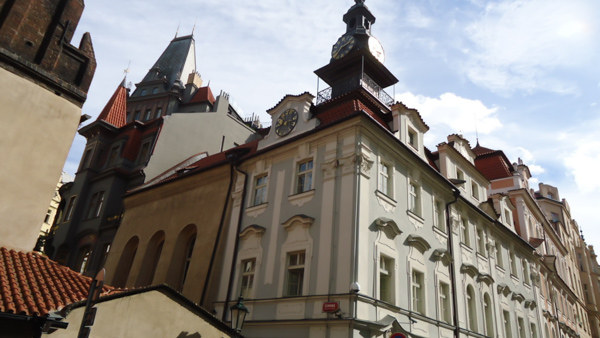
The Town Hall was built in 1577 for the money of the mayor of the Prague Jewish Quarter Mordechai Maisel. For a long time it served as a main meeting place of the Jewish community.
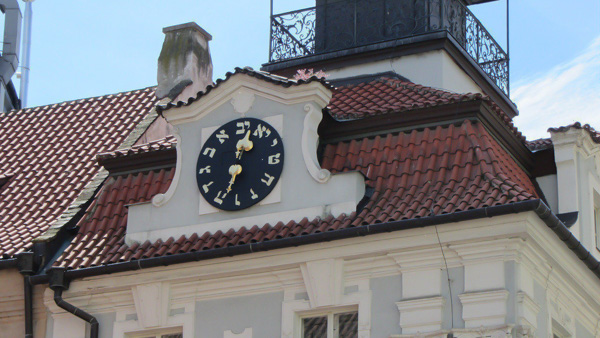
Nowadays in the Town Hall works the secretariat and the Board of the Jewish community. Tourists can not go inside. The only place you can visit is the restaurant of Kosher cuisine located downstairs the Town Hall.
The Old Jewish Cemetery
The Old Jewish Cemetery is the oldest one in Europe, while it dates back to the 15th century.The last burial in the cemetery took place in the 18th century. Joseph II forbade burials in the city center.
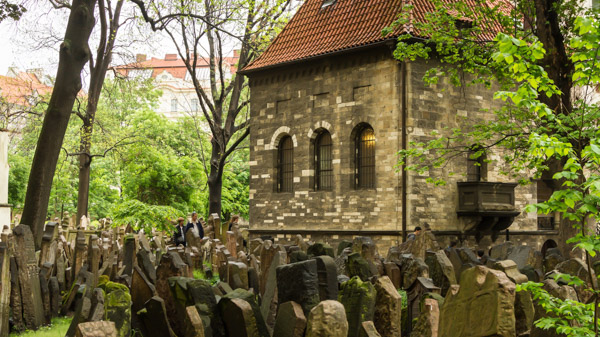
You can see gravestones from various historical periods there:
- long black Gothic ones;
- marble stones from the 16th century;
- typical Renaissance decoration;
- mighty Baroque gravestones;
- some of the Rococo.
About 20 000 tombstones seem to be pressed to each other and variously inclined. It’s because of the lack of space in the Old Jewish Cemetery.
During the centuries, the graves had to be put one on another, somewhere even in twelve layers.
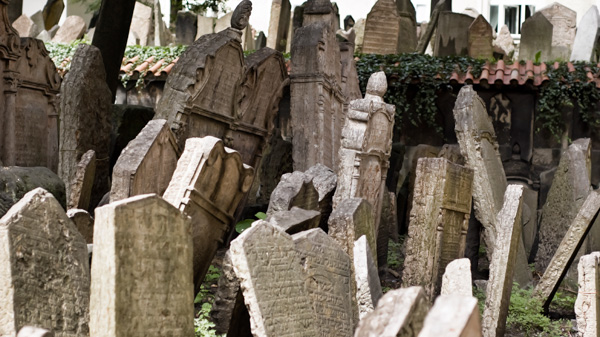
Today the graveyard is a touristic place. Every day hundreds of people come here to visit the final resting place of Rabi Loew and Mordechai Maisel.
There is also one interesting old tradition to leave stones on graves, because it is believed, that the dead can fulfill your wish. But be beware, the stone has to be brought from the place where you live.
The Ceremonial Hall
The last but not the least place located next to the Old Jewish Cemetery is the Ceremonial Hall.
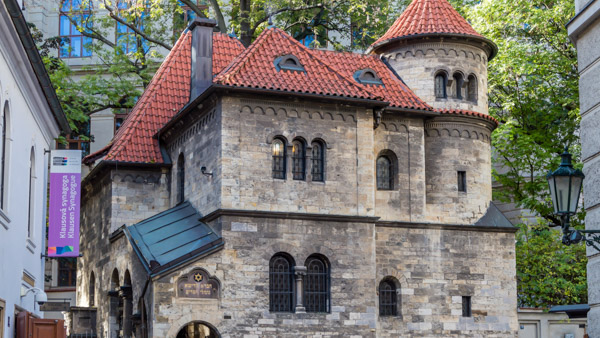
It’s a relatively new building (1908) in the neo-Romanesque style.On the first floor there was a room for the ritual washing of the dead, on the second floor was the burial society’s club room. To date, here works the second part of the exhibition of the Jewish traditions.
How to get
As I’ve already told all the sights mentioned above are the heritage of the Prague Jewish Community. An interesting fact that today we can see all this beauty thanks to the Third Reich.
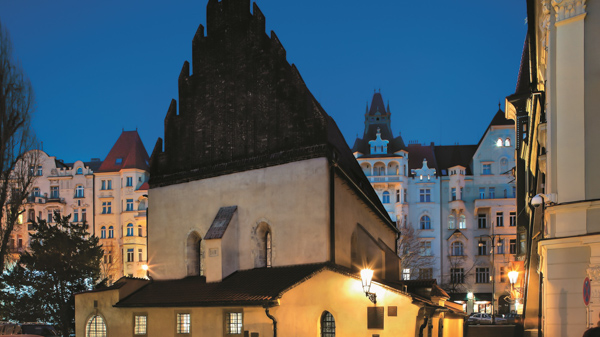
Hitler didn’t destroy Josefov, moreover even expanded its wealth with Jewish artifacts. He wished to house ‘an exotic museum of an extinct race’ at the end of the war.
You could reach it if you walk from the Old Town Square (Staroměstské náměstí) and follow Parizska street.
Hotels and apartments in Jewish Quarter
Josef, being a part of Prague Old Town has a big number of comfortable hotels and apartments. Staying in Jewish Quarter is safe and calm. I would recommend this area for couples and families, because in the neighborhood you will find a bunch of local restaurants. On the other hand, attraction like Old Town Square and Charles Bridge are behind the corner.
Among the hotels
Tour to Josefov with local guides
This place represents unique sights not only for Jewish Community. It is a part of Prague’s past history. If you want to dive into Prague in deep we offer you Tours with Prague Local Guides. You will find out the most exciting locations, facts and routes in the capital of Czechia. Use this chance to fulfill your trip with unforgettable emotions.
